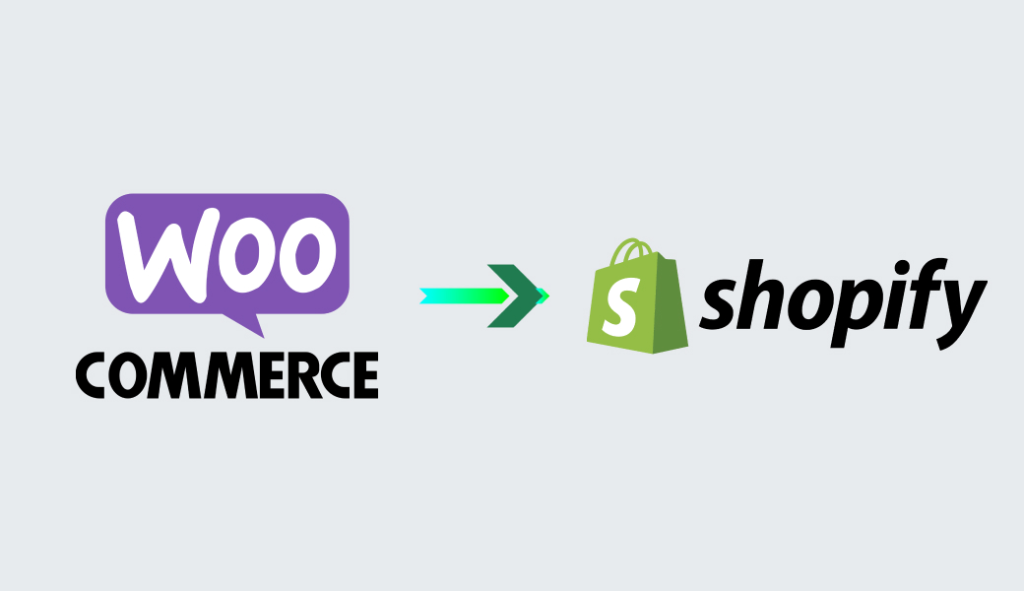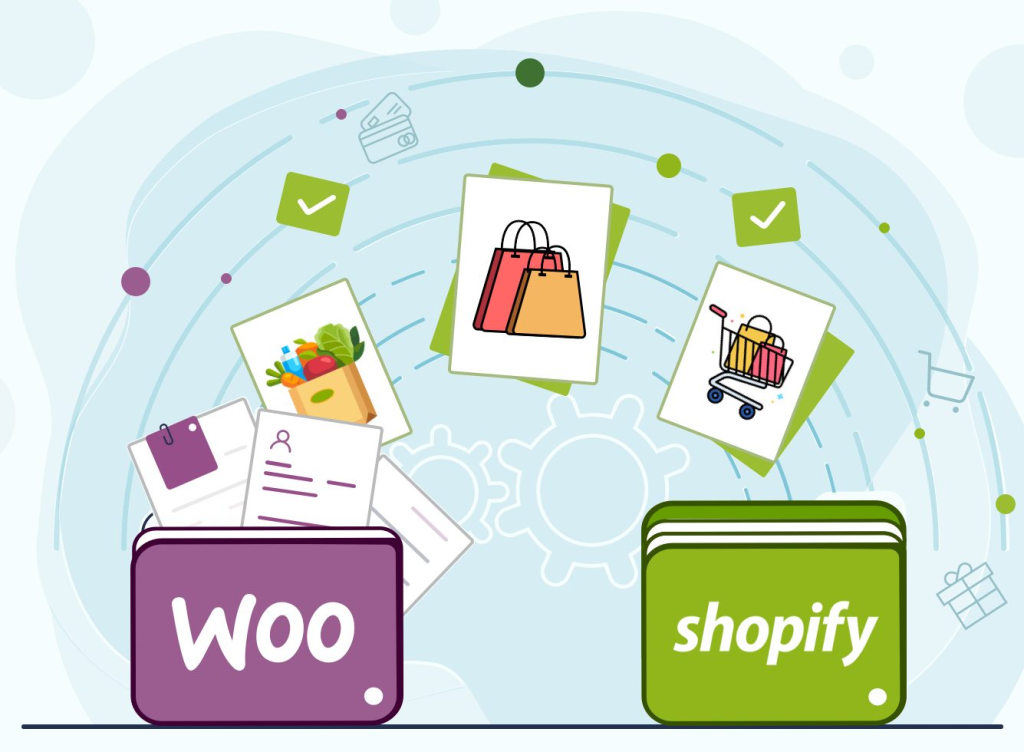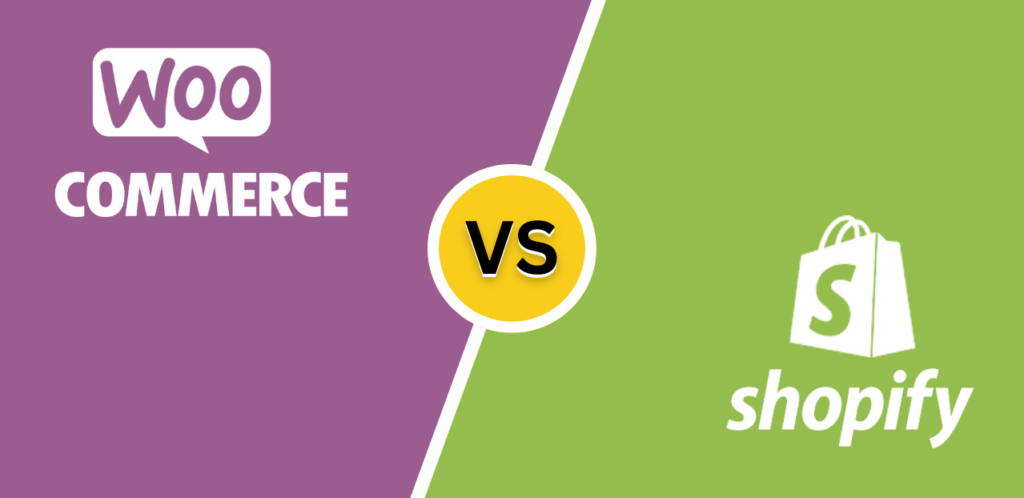Over 4.12 million websites currently run on Shopify, with WooCommerce powering 3.9 million stores. While both platforms dominate e-commerce, a significant migration trend shows merchants increasingly choosing Shopify for its streamlined operations. This guide examines the concrete business advantages driving this shift and why migrating from WooCommerce to Shopify could be your most strategic operational upgrade.
WooCommerce was a plugin of WordPress, targeting customers who already had WordPress account. It’s highly customerized, but needed more techniques to maintain. Shopify was an independent e-commerce website with user-friendly benefit but there were some limitations on personalization.

5 Engaging Reasons to Migrate WooCommerce to Shopify
1. Enterprise Without Technical Headaches
Shopify’s 99.99% uptime SLA (Service Level Agreement) outperforms WooCommerce’s variable hosting-dependent stability. As a fully hosted solution, Shopify eliminates:
- Server maintenance costs (average $200-$500/month for WooCommerce hosting)
- Security patch management (WooCommerce sites experience 3x more security incidents according to Security)
- Update compatibility issues (38% of WooCommerce stores report plugin conflicts)
2. Operational Efficiency Through Unified Management
Shopify’s integrated dashboard consolidates critical functions that WooCommerce requires multiple plugins to achieve:
| Function | WooCommerce Setup | Shopify Solution |
|---|---|---|
| Payment Processing | WooCommerce Payments + 3 plugins | Native Shopify Payments |
| Inventory Management | Stock Manager + 2 extensions | Built-in inventory system |
This consolidation reduces average setup time from 14.5 hours (WooCommerce) to 2.3 hours (Shopify) based on Gartner research.

3. Scalable to Grow With Your Business
Shopify Plus handles 10,000+ orders/minute during peak sales, while WooCommerce requires custom server scaling costing $15,000+ for equivalent capacity. Shopify tiered plans (Basic to Enterprise) enable seamless growth without infrastructure overhauls.
4. Enhanced Mobile Management Capabilities
With 73% of merchants now managing stores via mobile, Shopify’s iOS/Android app provides more personalized functions in WooCommerce’s mobile experience:
- Real-time order fulfillment tracking
- Mobile-first product editing
- Integrated shipping label creation
5. Predictable Cost Structure
While WooCommerce appears free initially, actual costs average $1,200/year versus Shopify’s $348 Basic plan when accounting for:
- Hosting ($300+/year)
- SSL certificates ($50+/year)
- Essential plugins ($400+/year)
How to Migration Effectively
Shopify’s official migration tool automates 87% of data transfer according to Shopify’s 2024 migration report. Key steps include:
- Export product data via WooCommerce CSV
- Use Shopify’s import validator to prevent data loss
- Leverage 24/7 migration support for complex product types

Future-Proof Your E-commerce Operations
Migrating from WooCommerce to Shopify isn’t just a platform change, it’s an actual transformation benefiting for customers. With 68% of migrated merchants reporting increased sales within 90 days, Shopify boosts unified ecosystem that delivers measurable business impact. Start your risk-free Shopify trial to experience the operational advantages firsthand.




